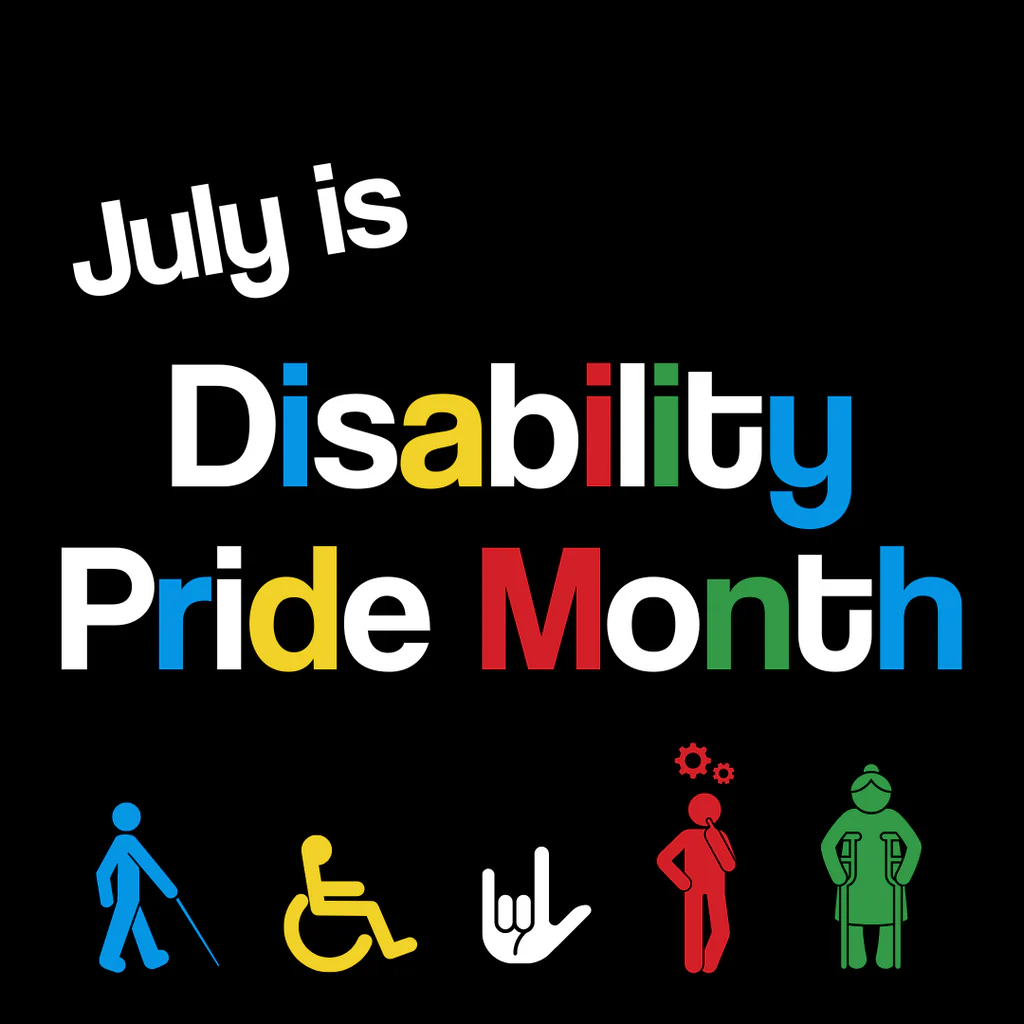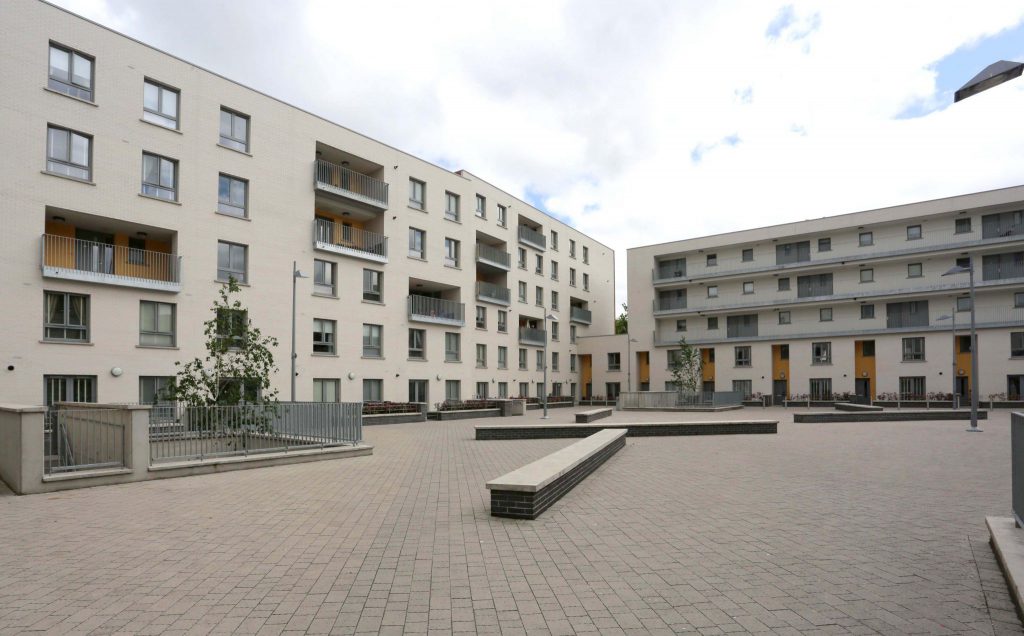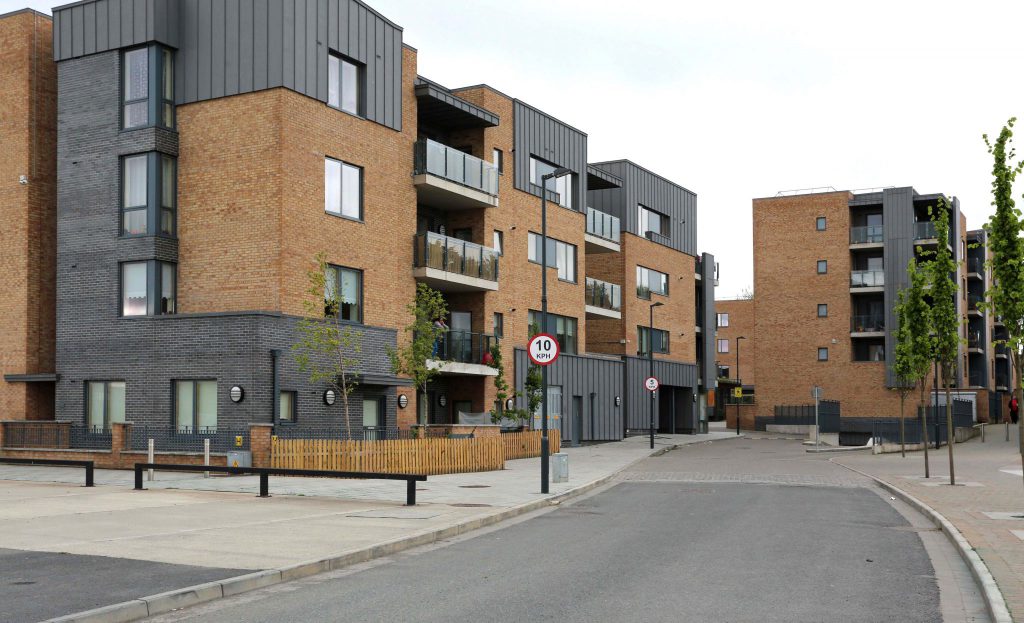This July, we join communities around the world in recognising Disability Pride Month, a time to honour the history, achievements, and identities of people with disabilities.
Although it’s not yet formally recognised across Ireland, the spirit of Disability Pride is alive and growing. It’s a time to reflect, to learn, and to celebrate the diversity that makes our workplaces and communities stronger.
A Brief History of Disability Pride
Disability Pride Month began in the US, with the first Pride Day held in Boston in 1990, the same year the Americans with Disabilities Act (ADA) was signed. Since then, the movement has grown, with global parades, campaigns, and awareness events every July. Ireland’s first Disability Pride and Power Parade took place in Dublin in July 2023, marking a significant step in celebrating visibility and inclusion here at home.
At its heart, Disability Pride is about recognising disability as a natural part of human diversity, something to be respected, not pitied; visible, not hidden. It’s a celebration of identity, resilience, and contribution.
Why Disability Pride Matters
According to the 2022 census, 22% of people in Ireland have a disability, visible or invisible, physical, intellectual, temporary or permanent. And yet, the narrative around disability is often centred on limitations rather than empowerment.
Disability Pride Month invites us to shift that narrative. It celebrates ability, self-advocacy, and inclusive design. It also reminds us that while progress has been made, many barriers remain from inaccessible environments to unconscious bias.
When we open up conversations about disability, we dismantle stigma and build understanding. That’s how we create stronger, more compassionate, and more equitable communities.
What the Disability Pride Flag Represents
The Disability Pride Flag features five diagonal stripes across a black background — each colour representing a different part of the disabled experience:
- Red: Physical disabilities
- Gold: Neurodivergence (e.g., autism, ADHD)
- White: Invisible and undiagnosed disabilities
- Blue: Mental illness
- Green: Sensory disabilities
The diagonal design symbolises the ongoing fight to cut through systemic barriers and discrimination.
How We Can Engage
Here are a few ways to get involved this month:
- Learn & Listen: Explore stories from disabled voices (start with the Disability Visibility Project).
- Watch & Reflect: We recommend Crip Camp on Netflix. It is a powerful story of the disability rights movement.
- Start Conversations: Ask how you can make your language, meetings, and spaces more inclusive.
- Check In: Support starts with asking. If someone in your life is living with a disability, check how you can better include them.
At Circle, we believe that diversity is our strength and that includes the richness of all abilities. Through accessible design, flexible working, and a willingness to listen and grow, we’re committed to building an inclusive space for everyone.
If you have ideas, lived experience, or want to support disability inclusion at Circle, please reach out to our Quality in Our Diversity team through the TES@circlevha.ie email address.
Let’s take pride in every part of who we are.


